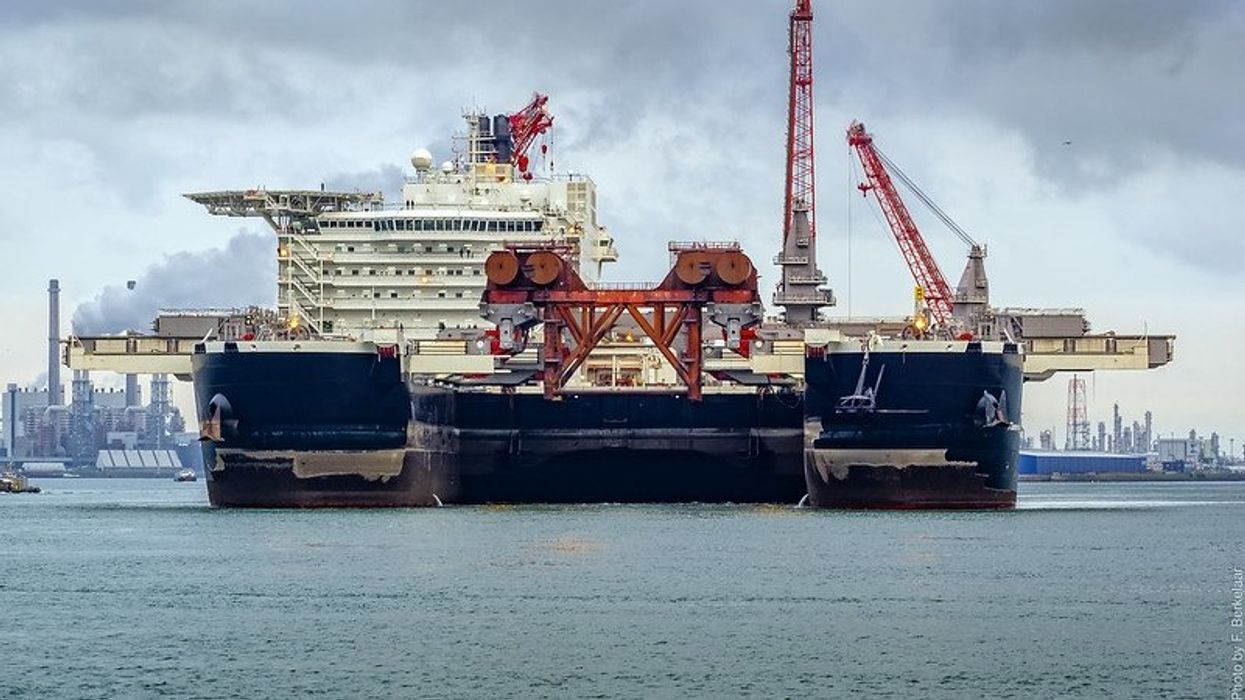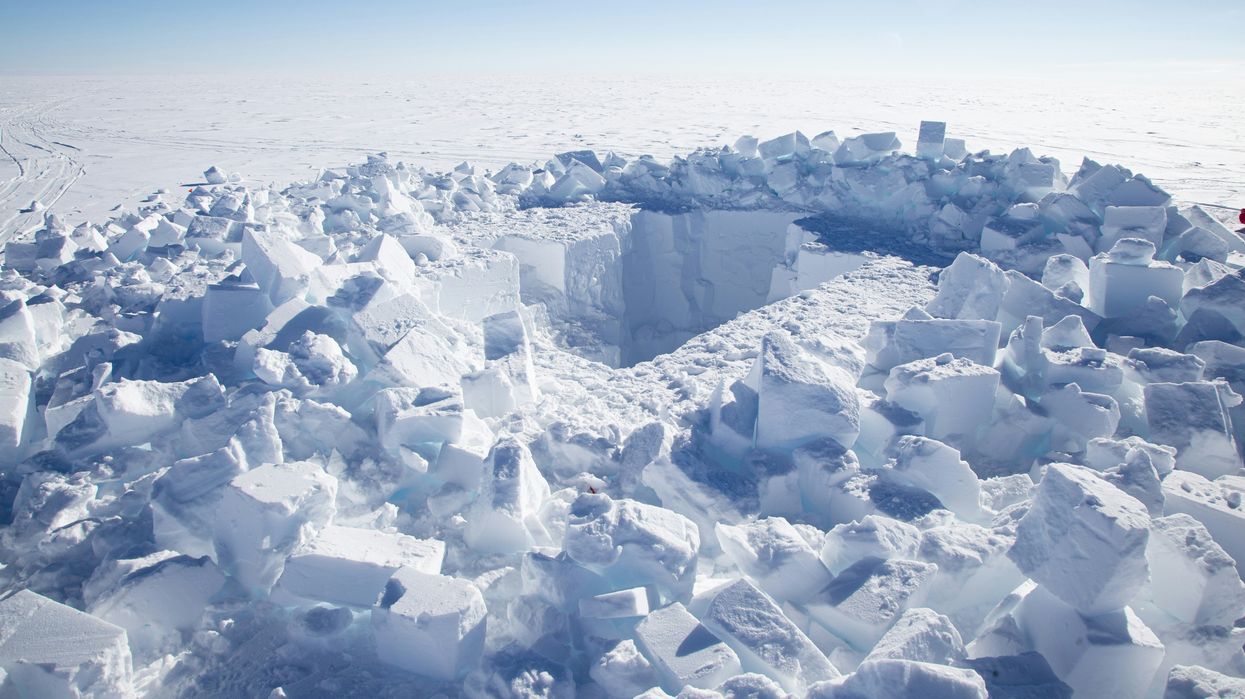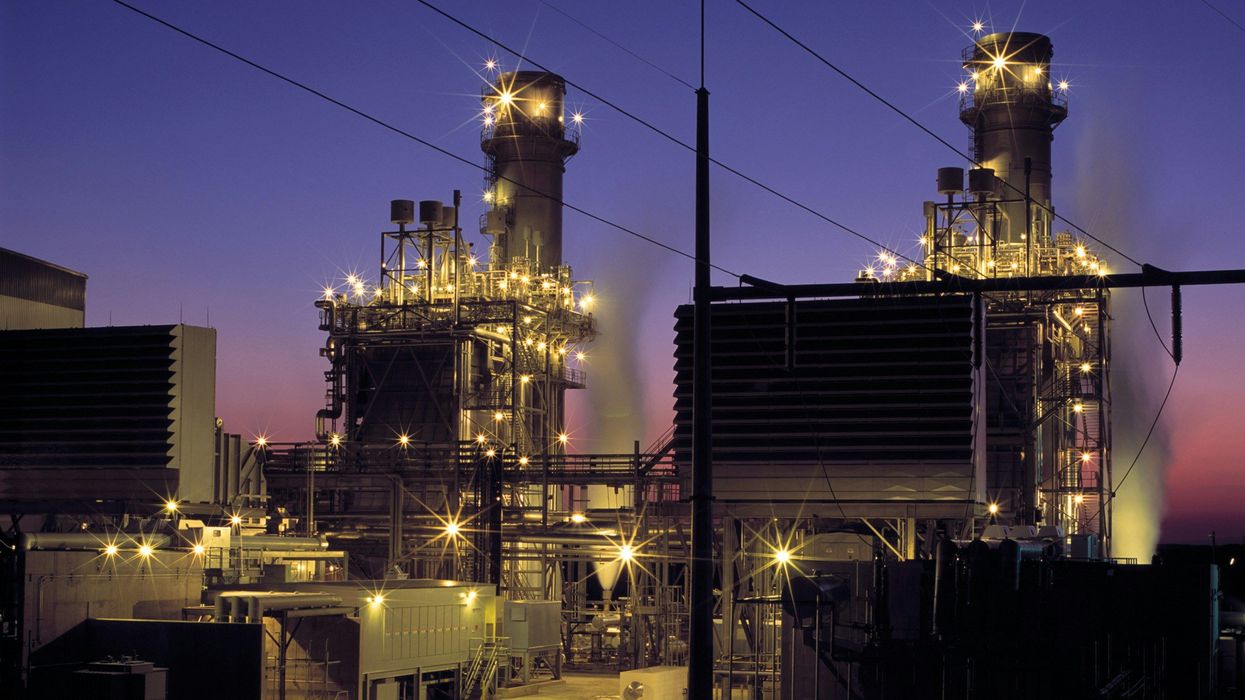EHN' scientific investigation "Fractured" found that western Pennsylvania families who live near fracking are exposed to harmful chemicals, and regulations fail to protect communities' mental, physical, and social health.
Here's what you need to move this story forward:
How to find a well near you:
FracTracker is an essential resource with international, national and state-specific maps showing drilling activity.
In some states, the agencies that oversee oil and gas regulation provide resources about where wells are located.
How to see if wells have violations:
FracTracker maps provide information on whether wells have had violations
Violation notices are considered public data. In some states, like Pennsylvania, some of this data is accessible online through the agencies that regulate the industry; in other states, you may need to file a Freedom Of Information Act Request (FOIA) to obtain this information
How to get tested for industry exposures:
In short, you can't. The tests we performed on urine samples to measure exposure were highly specialized and would be cost prohibitive for most people.
Local environmental, community, or public health advocacy organizations may be able to help with water quality testing or air monitoring in your region.
We have compiled a partial list of groups working in each state. Your county health office may also be able to help. And if they cannot, your questions can help prod action.
To learn more about the chemicals used during fracking in your region, Open-FF is an open-source project that makes it easier to access documents from FracFocus, the national hydraulic fracturing chemical disclosure registry.
Our 'Fractured' reporting:
EHN.org spent two years investigating the personal "body burden" imposed on families by nearby fracking activities. A rough outline of our reporting:
- Part 1: Our urine tests of five families found hazardous pollution likely linked to fracking activity in children at levels well above what adult daily smokers see.
- Part 2: The pervasiveness of the industry in rural America leads to mental health issues including anxiety and depression, and opens hard-to-heal rifts in communities.
- Part 3: Residents – distrustful of doctors, fracking companies and state agencies – are getting few answers to their pleas for help.
- Part 4: Activists dedicated to keeping fracking wells out of their small township have been successful so far, but pollution is encroaching as a dense network of oil and gas infrastructure grows more pervasive.
- Listen to a conversation with reporter Kristina Marusic and senior editor Brian Bienkowski.
- Watch an overview of the project.
- Learn more about how we conducted our study.
The essentials from 'Fractured:'
Three important takeaways of the reporting:
- Toxic chemicals from fracking wells are likely finding their way into the bodies of people living nearby.
- Worry about how the industry is impacting health – and a sense of loss and powerlessness – impose far-reaching physical and mental health impacts on residents.
- The oil and gas industry is expansive and pervasive in both urban and rural communities; exposure to pollution appears more widespread than previously understood.
If you suspect a problem with nearby fracking:
Local officials can't act if they don't know. Journalists can't report on a chronic problem without a paper trail. Report problems:
In Pennsylvania:
- Contact the Pennsylvania State Attorney General at 570-904-2643 or fracking@attorneygeneral.gov
- Report health symptoms you suspect are related to the oil and gas industry to the Pennsylvania Department of Environmental Health
- Contact the Pennsylvania Department of Environmental Protection
Elsewhere:
- Start with a complaint to your state Attorney's General office.
- Reach out to your county health department. The National Association of County and City Heath Officials has a handy map and database.
Talking points for Letters to the Editor and social media:
"Fractured" is full of thoroughly researched statistics and data.
- A 2021 study by the Ohio River Valley Institute looked at the 22 counties in Ohio, Pennsylvania, and West Virginia that produce more than 90 percent of the region's natural gas.
- In 2008, those counties were responsible for $2.46 of every $1,000 of national economic output. By 2019, the counties were generating $3.31 of every $1,000 generated nationally—an increase more than triple the rate of national growth.
- But over the same period, those counties' share of the nation's personal income fell by 6.3 percent, their share of jobs fell by 7.5 percent, and their share of the nation's population fell by 9.7 percent.
- The analysis concluded that about 90 percent of the wealth created from shale gas extraction leaves local communities.
- Researchers have documented drinking water contamination from fracking in Pennsylvania, Ohio, North Dakota, and Wyoming at various points in time, and in 2016 the EPA concluded the industry posed a threat to the U.S. water supply.
- A literature review published in 2020 looked at a decade of research on the impacts of just fracking wastewater disposal and found that drinking water in fracking communities has higher levels of total dissolved solids (like calcium, magnesium, chlorides and sulfates), salt, and methane.
- An EHN.org analysis of urine from one family living within 1.5 miles of six wells found 18 chemicals known to be commonly emitted from fracking sites, including benzene, toluene, naphthalene, and lesser-known compounds—all of which are linked to negative health impacts including respiratory and gastrointestinal problems, skin and eye irritation, organ damage, reproductive harm, and increased cancer risk.
- All of the family's samples exceeded the U.S. 95th percentile for mandelic acid, a biomarker for ethylbenzene and styrene.
- More than half of the family's samples exceeded the U.S. 95th percentile for phenylglyoxylic acid, another biomarker for ethylbenzene and styrene, and for trans, trans-muconic acid, a biomarker for benzene.
- The family seemingly cannot escape the effects of an industry that wields tremendous power in the state and is allowed to operate within 500 feet of schools and homes housing children and other vulnerable residents.
- Researchers warn the impacts extend to the more out-of-sight aspects of health—people's sleep, their social network, and their overall mental well being.
- No agency in the United States checks to see if harmful fracking chemicals are actually in the bodies of people living near wells.
Other sources and resources on fracking:
"Fractured" was investigated over two years and involved hundreds of interviews with scores of different groups.
- FracTracker Alliance can speak to the spread of the industry and the location of the industry in relation to population nationwide.
- Matt Kelso manages of data and technology with the FracTracker Alliance, maintaining numerous oil-and-gas-related maps.
- Kyle Ferrar, MPH, manages work in the West Coast region and oversees collaborations with community groups, other researchers, and both local and national advocacy groups.
- Mom's Clean Air Force is a community of over 1 million parents united against air pollution, with a mission of protecting children from air pollution and climate change.
- Southwest Pennsylvania Environmental Health Project partnered with EHN.org on "Fractured." It is a nonprofit consisting of medical professionals, community service professionals, and public health scientists helping residents of Southwestern Pennsylvania and beyond who believe their health has been, or could be, impacted by fracking
- Similar groups working on fracking in other states can be found on EHN.org's community group spreadsheet.
- The Marcellus Shale Coalition represents exploration and production, midstream, and supply chain companies in the Appalachian Basin and across the country. The Western Energy Alliance does similar work in the Western United States. The American Petroleum Institute has a 100-year history representing all aspects of America's oil and natural gas industry.
- Halt the Harm Network offers a directory of activists, researchers, campaigns, and funders working to stop fracking.
Scientific studies on fracking and exposures
Hundreds, even thousands, of studies have been conducted on fracking and human exposures. "Fractured" contains links to dozens, along with "literature reviews" done by scientists and agencies that impartially assess the state of the science in a particular area.
Start with these three:
- Physicians for Social Responsibility's Compendium of scientific, medical, and media findings demonstrating risks and harms of fracking - 7th Edition – A collection of nearly 2,000 abstracts of medical, scientific and investigative reports about the consequences of oil and gas drilling, fracking, and associated infrastructure.
- Psychosocial Impact of Fracking: a Review of the Literature on the Mental Health Consequences of Hydraulic Fracturing – A review of the literature on the association between fracking and psychological functioning, finding that although persons living in fracking communities may experience some minimal, initial benefits such as land lease income or infrastructure development, they may also experience worry, anxiety, and depression about lifestyle, health, safety, and financial security, as well as exposure to neurotoxins and changes to the physical landscape.
- Exploring the endocrine activity of air pollutants associated with unconventional oil and gas extraction – An evaluation of 48 studies that sampled air near sites of fracking activity found 106 chemicals known to interfere with hormonal activity.
Contact us at EHN.org
Kristina Marusic is an award-winning reporter based in Pittsburgh who covers environmental health and environmental justice for EHN.org. Reach her at kmarusic@ehsciences.org
Douglas Fischer directs Environmental Health Sciences, publisher of EHN.org, DailyClimate.org and FairElex.com. Reach him at dfischer@ehsciences.org
More about EHN.org can be found here. Information about Environmental Health Sciences can be found here.

















